
The Federal Reserve is getting ready to make an important decision about whether to cut interest rates by 0.25% or 0.50%, and this decision could have a big impact on the stock market. There is a lot of uncertainty, similar to what we saw before the financial crisis in 2007. People who trade bonds are unsure about what the Federal Reserve will do, which is creating tension in financial markets. Some traders think the Fed might go for a smaller cut, while others believe a larger cut is needed to help the economy.
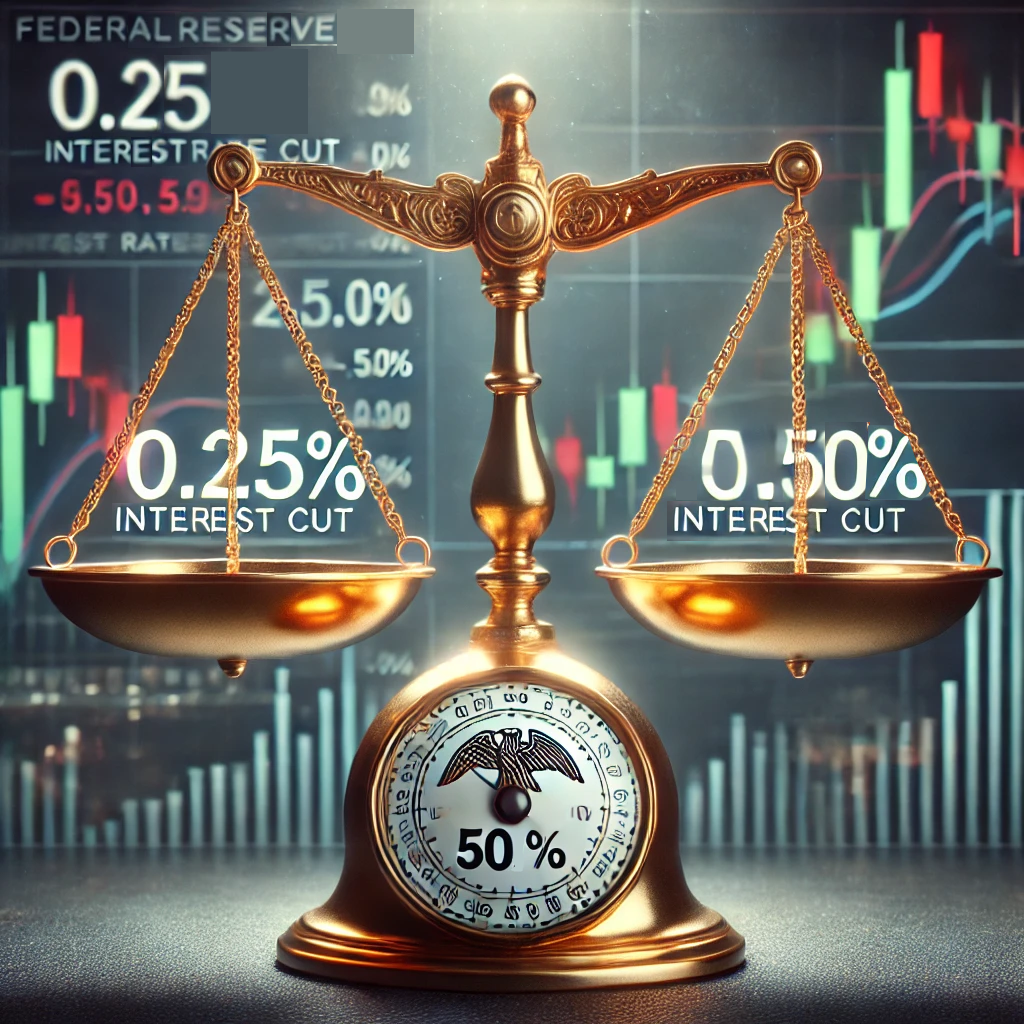
Right now, there’s about an even chance that the Fed will choose either a 0.25% or 0.50% cut, according to data from financial markets. This uncertainty is the highest it’s been since 2007, except for an emergency rate cut during the COVID-19 pandemic. Fed officials have given mixed messages about how much to cut interest rates, which has left traders guessing. Some experts think the Fed needs to make a big cut to prevent a recession, while others believe a smaller cut would be better for keeping inflation under control.
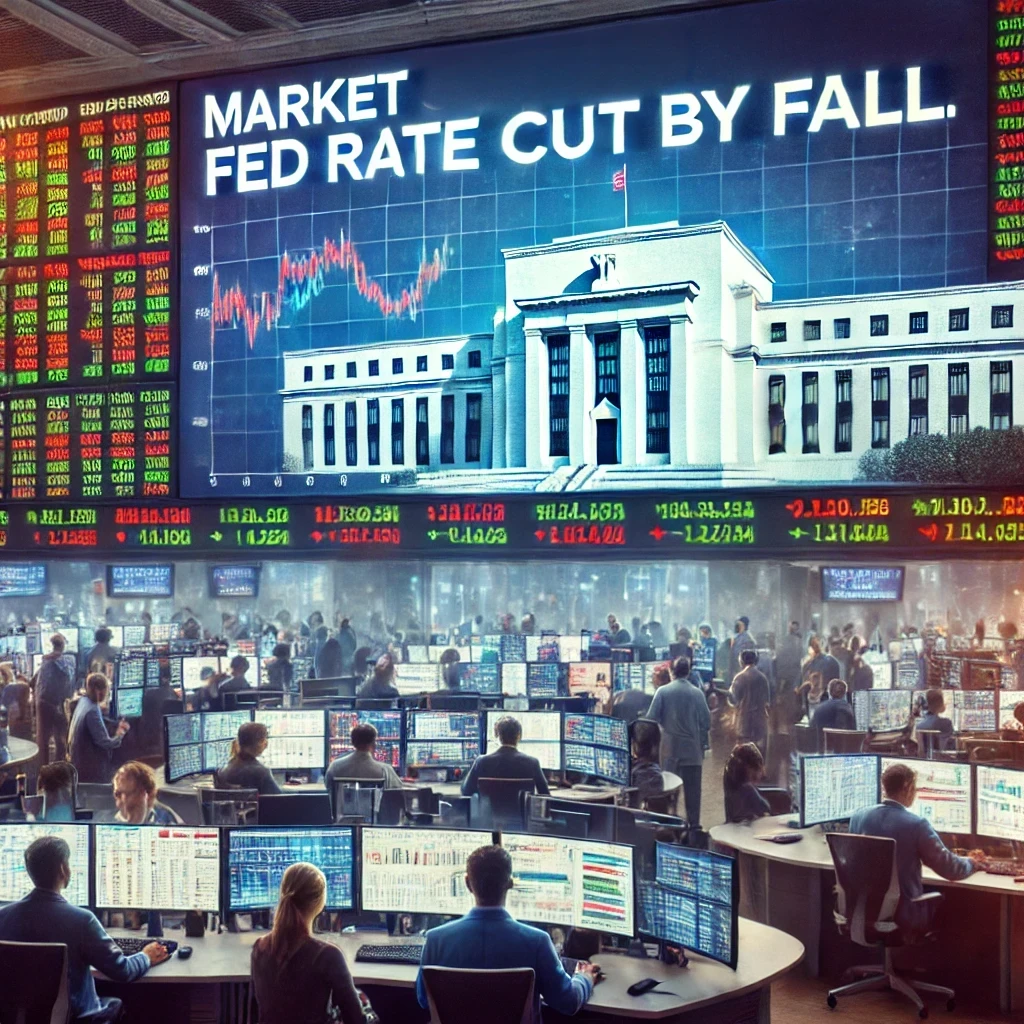
Former New York Fed President Bill Dudley is one of the people who thinks the Fed should go for a 0.50% rate cut. His opinion has influenced some traders to expect a bigger cut. Just a few days ago, most people thought a 0.25% cut was more likely, but now the odds of a 0.50% cut have increased to just over 50%. This change in expectations has caused a lot of movement in financial markets.
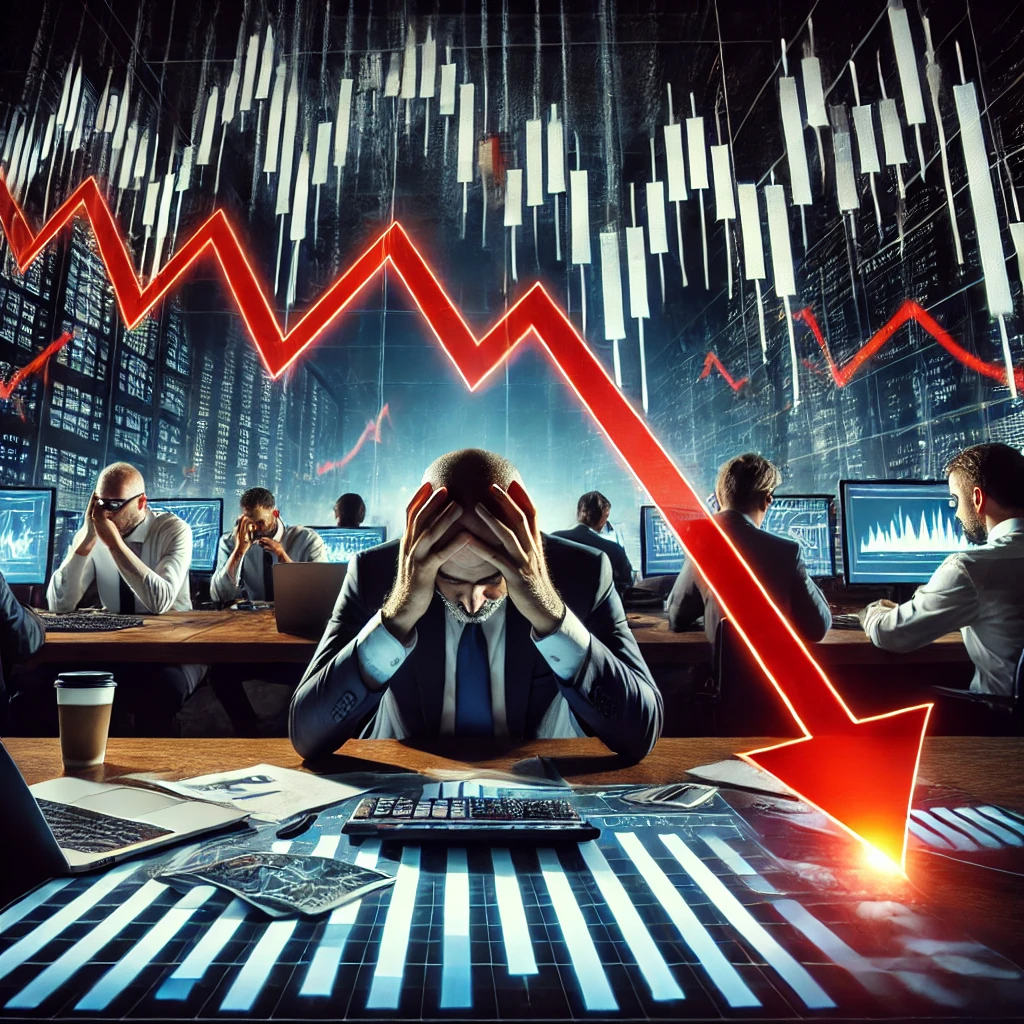
If the Fed chooses the 0.50% cut, it could send a message that they are more worried about a possible recession than they have let on. This could have mixed results for the stock market. On one hand, lower interest rates can help businesses because it becomes cheaper to borrow money. This could cause stock prices to rise. However, a larger rate cut might make investors nervous if they think it means the economy is in worse shape than expected.

If the Fed only cuts rates by 0.25%, it could mean that the economy is strong enough to avoid a big intervention. This might calm some fears of a recession, but it could also disappoint traders who were hoping for a bigger cut to boost the economy. Either way, the decision will have an impact on how people feel about the market and could cause stock prices to move.

The bond market is also reacting to the possibility of a rate cut. Yields, which are the interest rates that investors earn on bonds, have been falling as traders prepare for lower interest rates. The yield on two-year Treasury bonds, for example, has dropped from over 5% to around 3.56%. The gap between two-year and ten-year bond yields is getting bigger, and many financial experts are taking advantage of this trend by making specific investments.

At the same time, the U.S. dollar is losing value against other currencies. The Bloomberg dollar index, which measures the dollar’s strength compared to other currencies, fell by 0.4% recently. As the Fed gets closer to cutting rates, currencies like the Japanese yen are gaining strength against the dollar. This is another sign that the markets are expecting the Fed to ease its monetary policy.
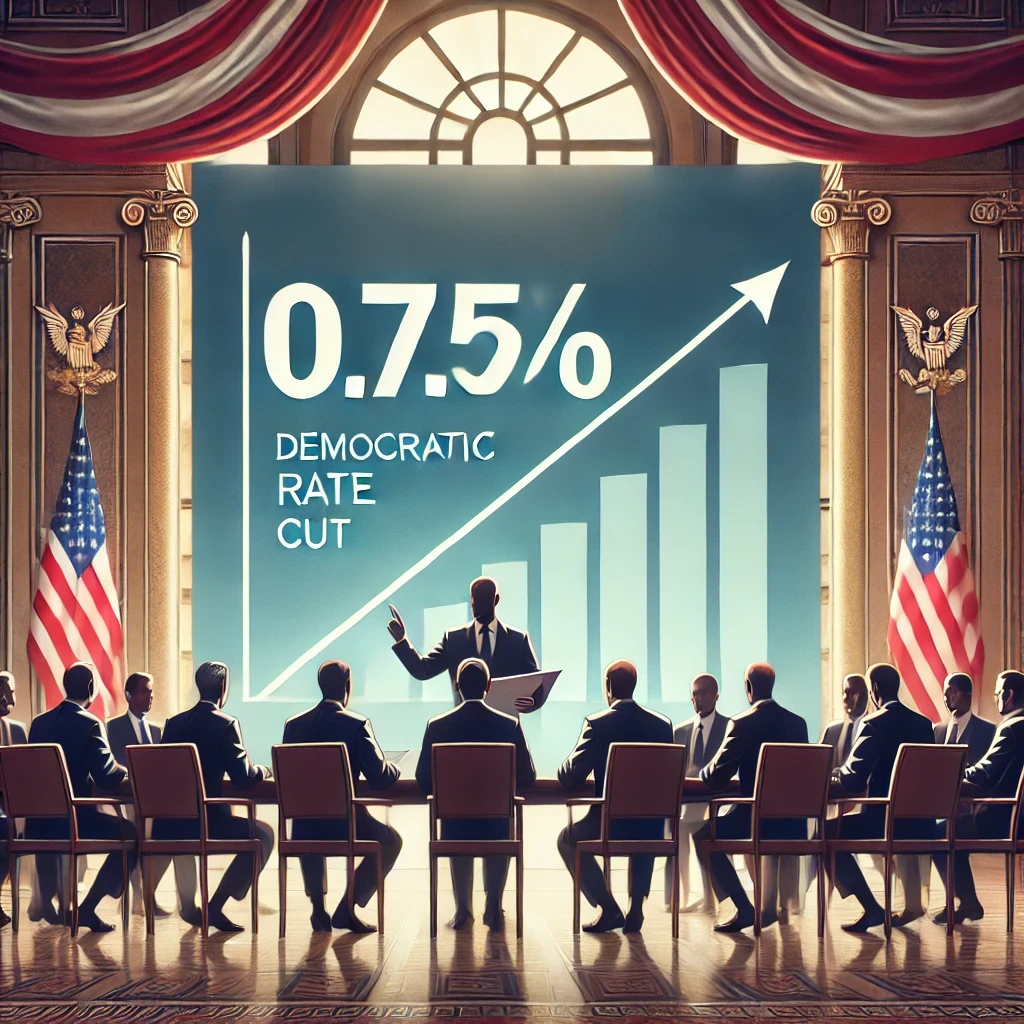
There’s also political pressure on the Federal Reserve right now. Some Democratic senators are pushing for an even bigger rate cut of 0.75% to help protect the economy. This is happening just before the presidential election, which makes the Fed’s decision even more complicated. The Fed usually tries to stay out of politics, but it’s hard to ignore the influence of political leaders when making such big decisions.

The stock market is likely to react no matter what the Fed decides. A 0.50% cut could cause a short-term boost in stock prices because it would make it cheaper for businesses to borrow money and invest in growth. However, it might also cause some volatility if investors think the large cut means the economy is weaker than expected. On the other hand, a 0.25% cut could reassure investors that the economy is stable, but it might not create as much excitement in the market.
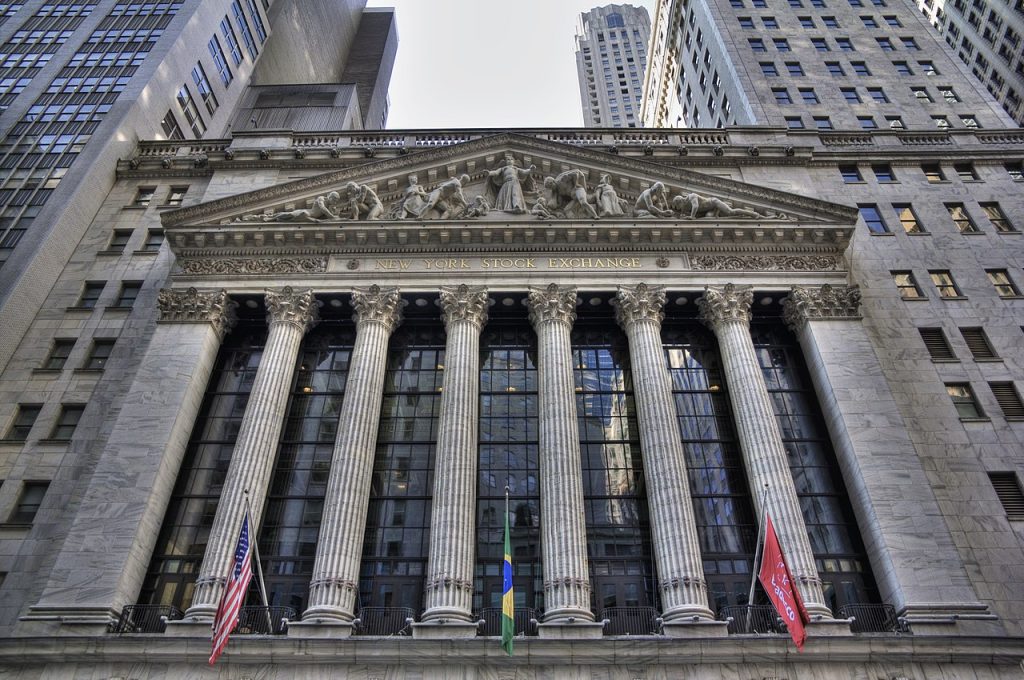
Overall, the Federal Reserve’s decision this week is one of the most important events for the financial markets this year. Whether they choose a smaller or larger rate cut, the outcome will shape how people view the economy and the stock market for months to come. Investors, businesses, and politicians will all be watching closely to see how the decision plays out and what it means for the future of the economy.






